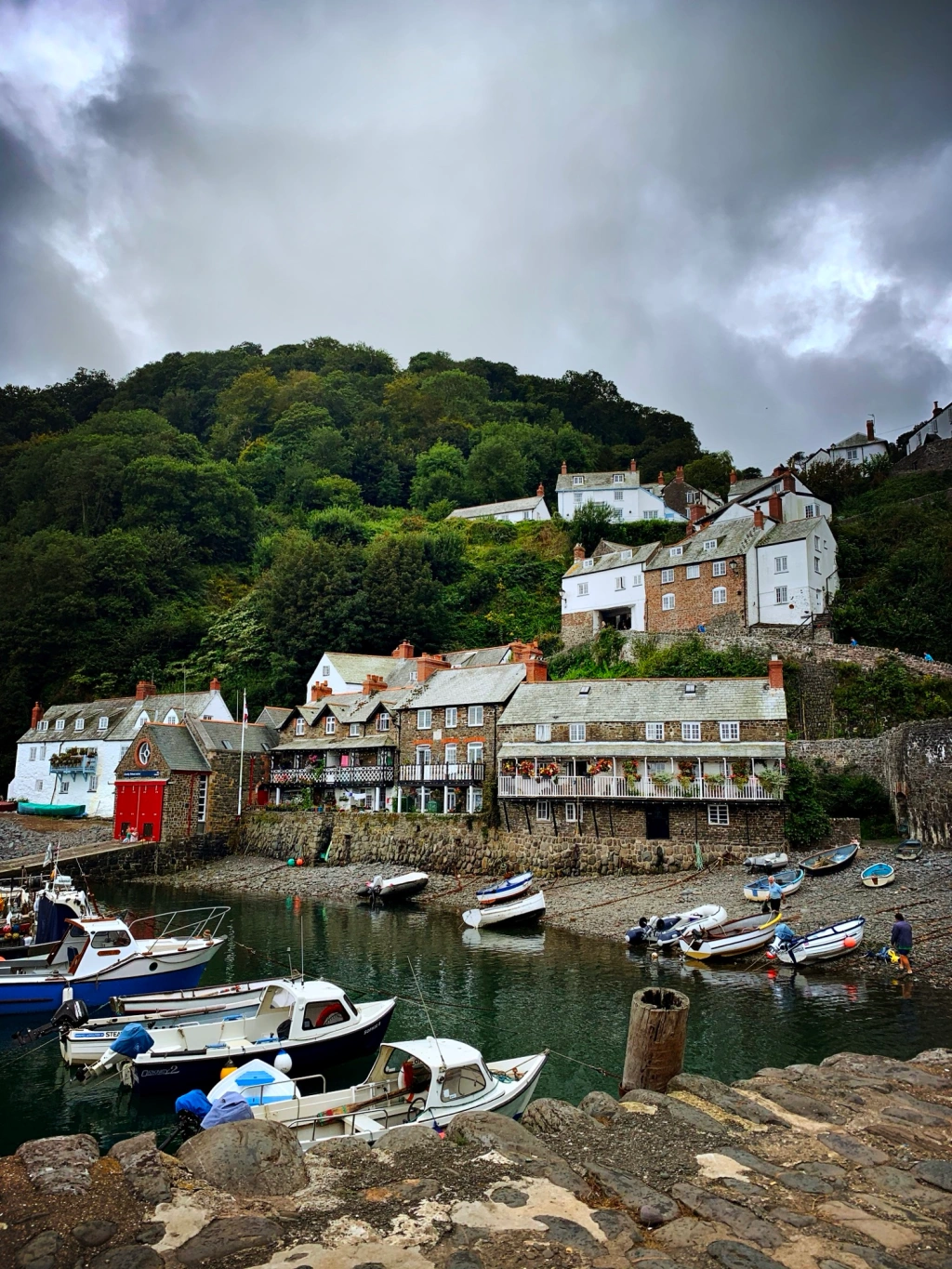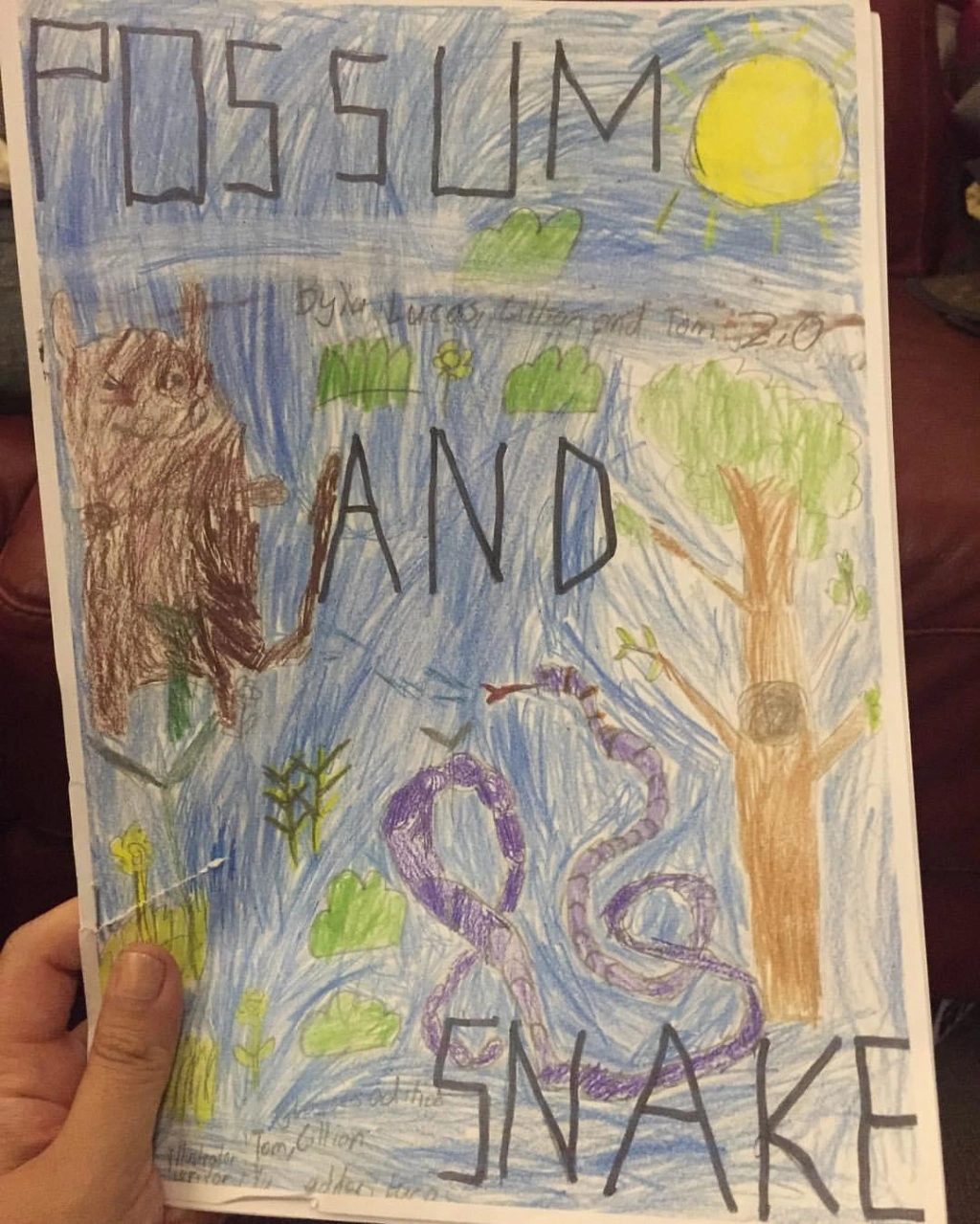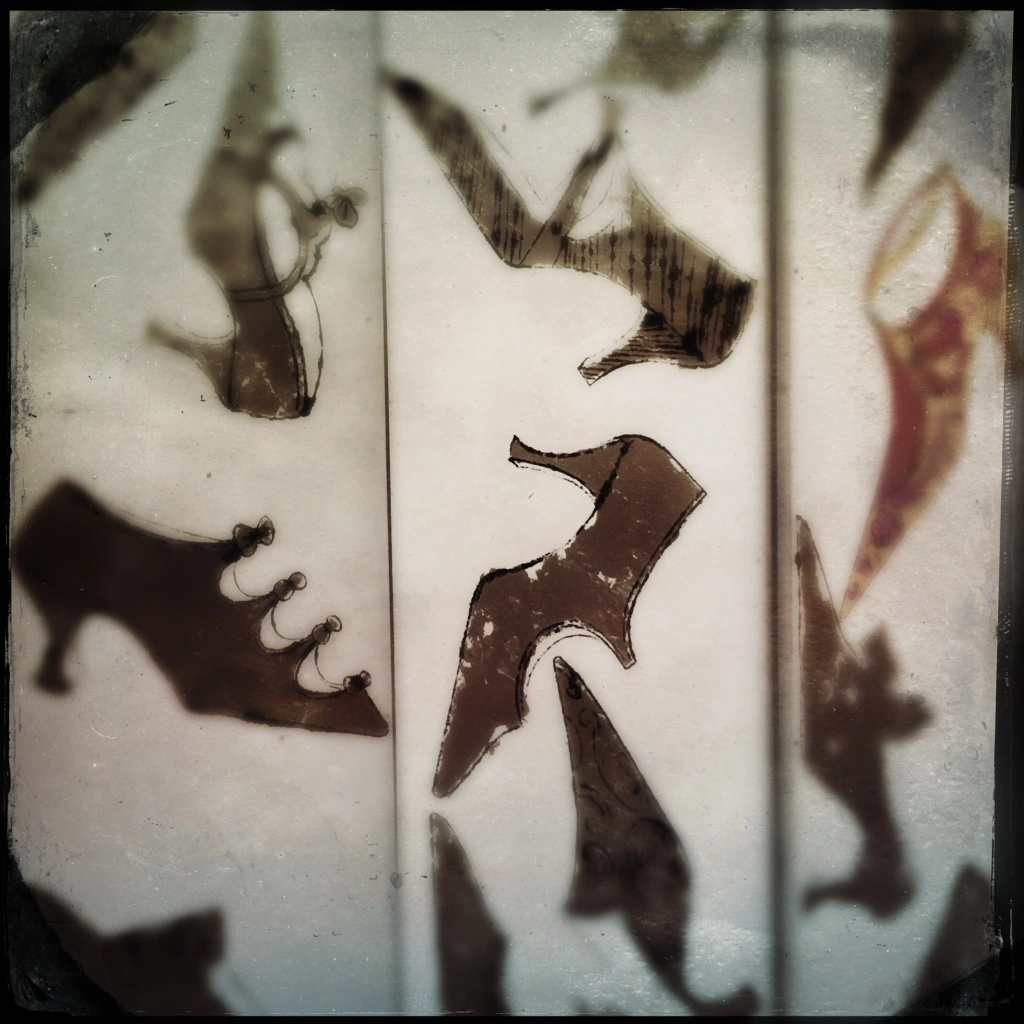It was a rainy Wednesday afternoon in London. I left my husband and son after lunch and headed into South Kensington station.
I was finally going to see the Hallyu (한 : Korean, 류 : Wave) exhibition at the Victoria and Albert Museum.

I saw the exquisite Japanese Kimono exhibition a few years ago. Gentle and elegant, it calmly led you through its history and aesthetic. And I was curious to see how this exhibition would compare.
Hallyu: The Korean Wave was nothing like that. As soon as you entered the space K-pop hit you in the chest. It was Psy’s Oppan Gangnam style.

This was not a gentle exhibition from the Land of the Morning Calm. It was fast paced, high impact, flashy, and ambitious. It revealed the real and driving force of ppalli-ppalli (quickly quickly). A concept based on being lightning fast. It comes with it a sense of relentless urgency.
Modern Korea has swallowed many hardships. It has been occupied. It has been separated in two against its will. It has seen war that left its people hungry and impoverished. But from the ashes, after much sacrifice, risk, and bloody-minded grit, a developed nation has emerged.

I think this Land of the Morning Calm had something to say and I think it was saying “Don’t push us around.”
All the cultural references from my youth were there at the exhibition. I smiled as Seo Taiji and Boys were featured. They were quite popular in the 1990s. I think they were still around when I studied in Seoul for a while during my university break. Who knew years later, I’d meet them again in London.

I thought the Korea being represented would be the usual rags to riches story. One that was told through the lives of my grandparents and parents. It was something I was familiar with.
But then I came across the section on the Asian Economic Crisis.
My family was in Australia at the time. We’d come out of a recession we had to have and watched on with concern as South Korea’s economy collapsed around them.

On the brink of bankruptcy, South Korea sought assistance from the IMF. The bailout loan of $58 billion was the largest in IMF history. They say it was also considered a national disgrace by many Koreans.
It must have been hard for my parents to see. It must have been hard for my relatives who were living through retrenchment and unemployment. Difficult for my cousins who were now leaving university with no job prospects.
It’s into this environment that Samsung takes a huge gamble and releases its first mobile phone. It had a secret message engraved on the circuit board. 할수 있다는 믿음. It means: “The belief that we can do it.”

This phrase engraved on every phone carried the hopes of everyone in that company. That they will see a better tomorrow. That they will overcome this crisis and see their product succeed.
It was this moment the country also pivots away from traditional manufacturing industries and starts heavily investing in technology. Driven by the belief that Korea’s woes started from its inability to industrialise quickly, Government and industry begin moving fast to expand their high-speed internet infrastructure and develop R&D around mobile communication technology to establish the foundation of its tech industries.
They say it was this investment in technology that led to the rapid recovery from the financial crisis.
South Korea paid back the IMF loan. All of it. In 2001. Ahead of schedule.

I don’t know why that moved me. But it did.
I realised THAT’s the heritage I carry around in my DNA. That grit flung my parents out of the country they knew the longest and the best to seek their fortune across the seas. That grit made them stick in Tasmania, through all the challenges, to set up a successful business there.
That grit is why I speak with an Australian accent now. And why my place of birth, ethnicity, passport and now residence are all different.
I’m sure people would be taken by the bright lights and the fashion as well as the Korean dramas and movies. And, please don’t get me wrong, it is lovely and exciting to see culture and new ideas flourishing.



But for me, the entire exhibition centred around that secret message on that first Samsung phone. “The belief that we can do it”.
The belief that said yes, we can.
And they did.
Bravo.







8 responses to “Hallyu: The Korean Wave exhibition at the V&A”
I miss the exhibits at the V and A! They were the best!
LikeLiked by 1 person
I think so too! I really enjoy them. 😁
LikeLiked by 1 person
Oh wow! Thank you. It was so interesting to experience the exhibition through your eyes. Thank for sharing Korea’s story with us. It is so inspiring. 🙏🙏
LikeLiked by 1 person
Thank you for your encouragement! 😁
LikeLiked by 1 person
Wow, what a wonderful exhibit. I’m glad you got to experience that!
LikeLiked by 1 person
Thank you Rebecca! It was better than I thought it would be. Really well put together 😁
LikeLiked by 1 person
This looks incredible! I’ve been very interested in Korean history lately and would love to check this out if I didn’t live across the globe. I’m glad you had such a great time!
LikeLiked by 1 person
It was a fantastic exhibition. Full of movement and colour. It showed Korea’s difficult past. And the hard work that clawed them out of abject poverty after the war. I do wonder if in this aggressive push to survive, they lose some of the values that make life bearable. Compassion. Care. Loyalty. Etc.
LikeLiked by 1 person